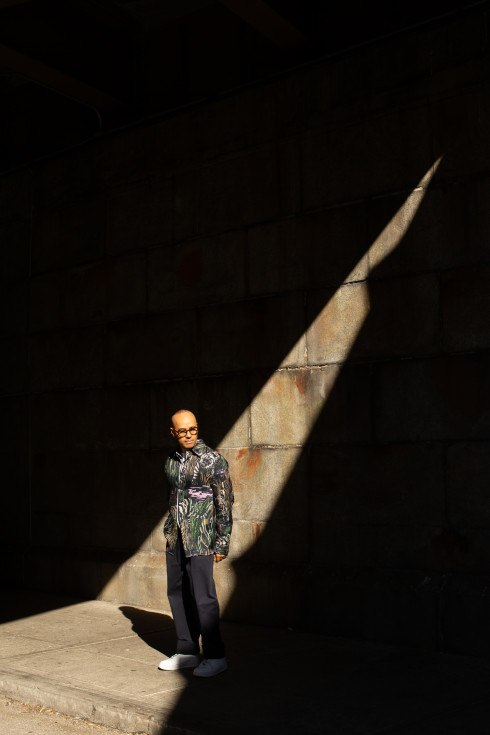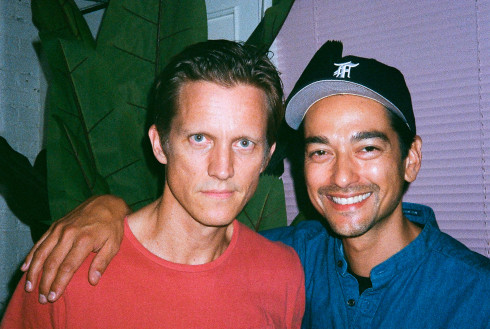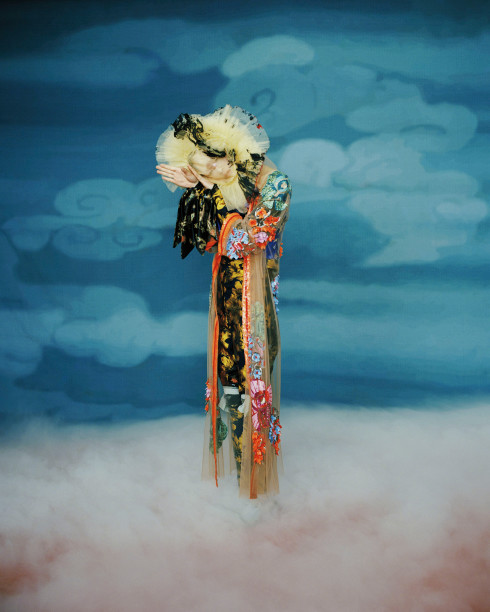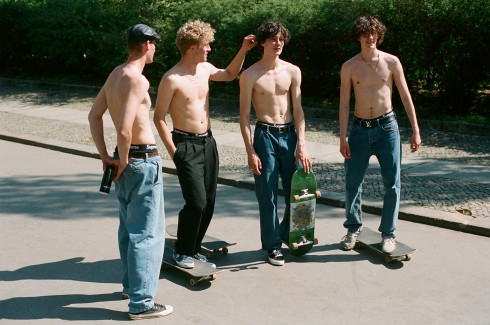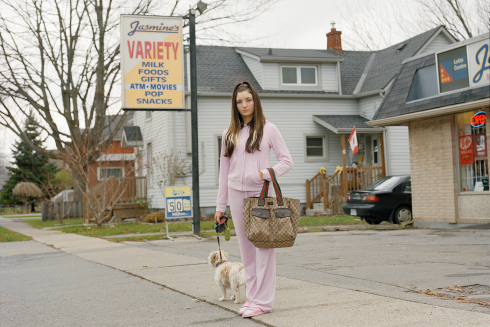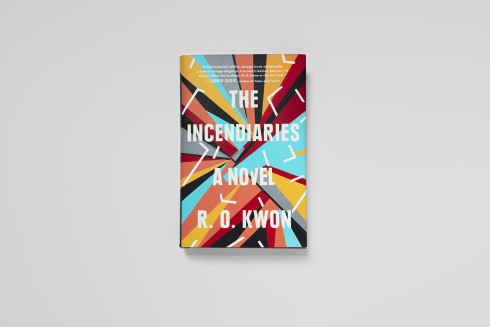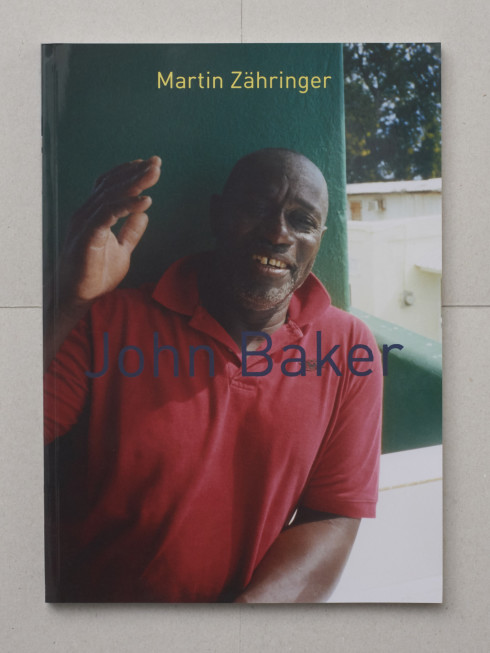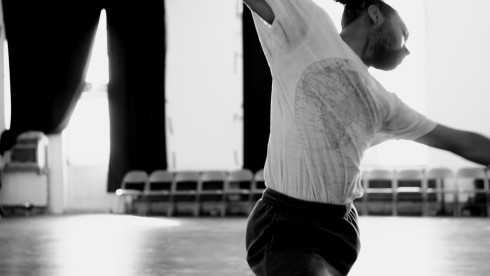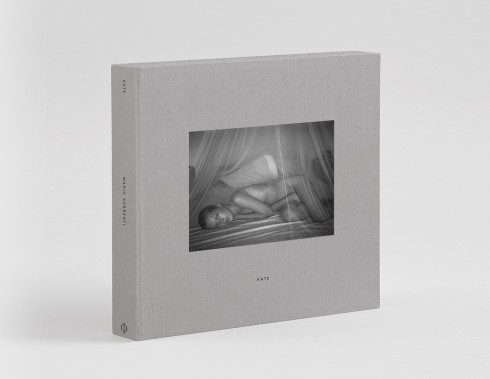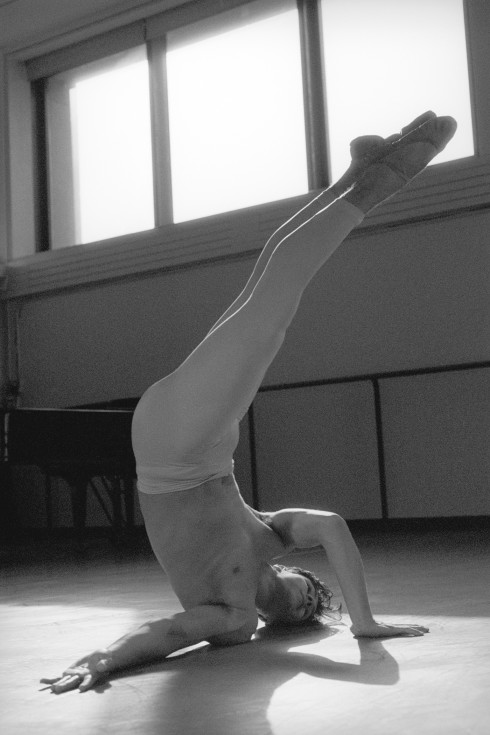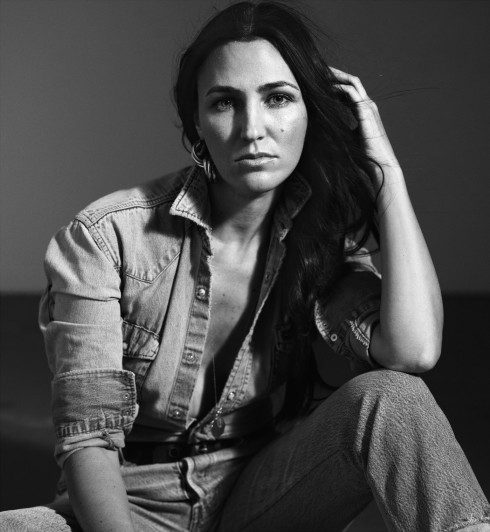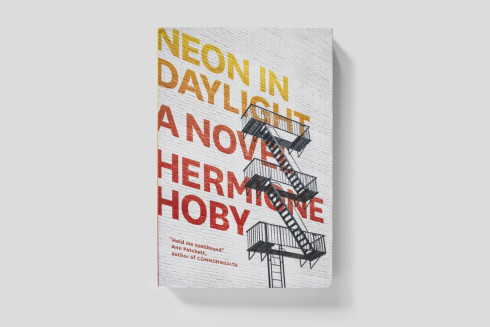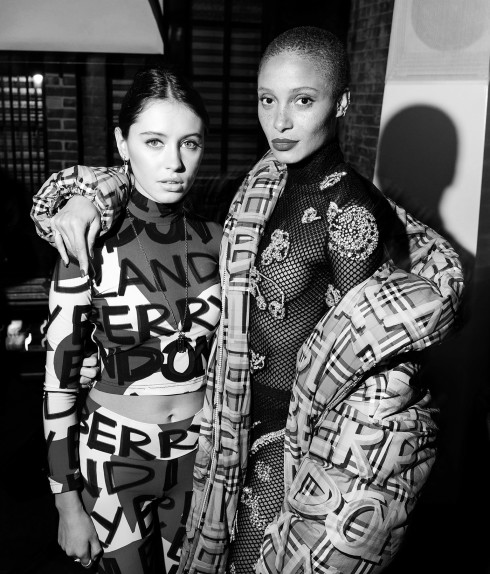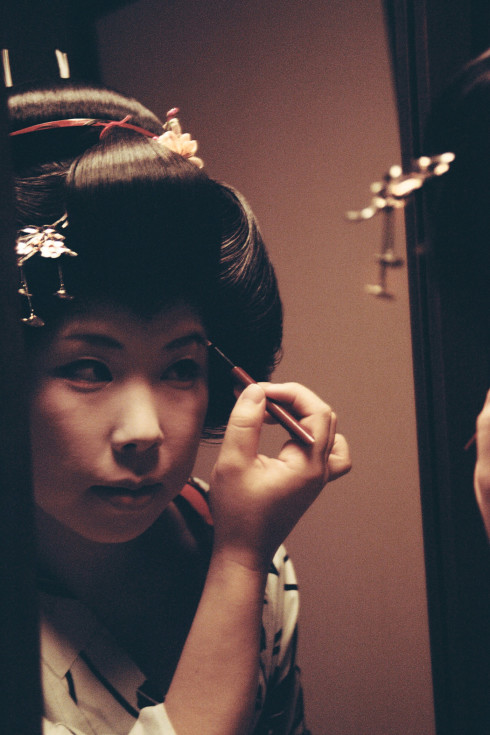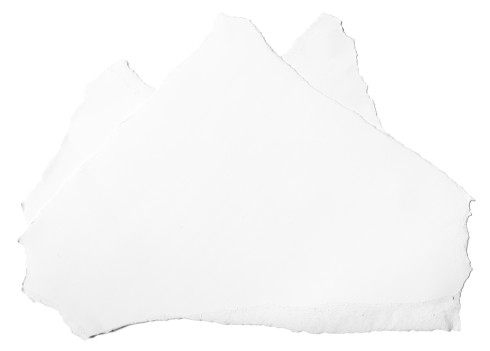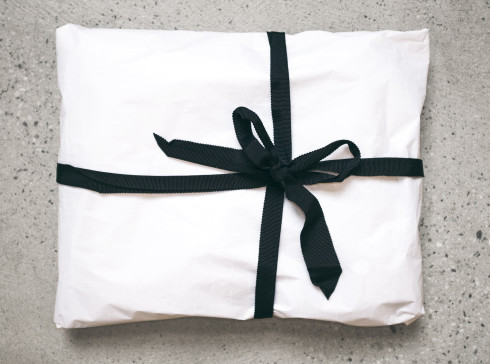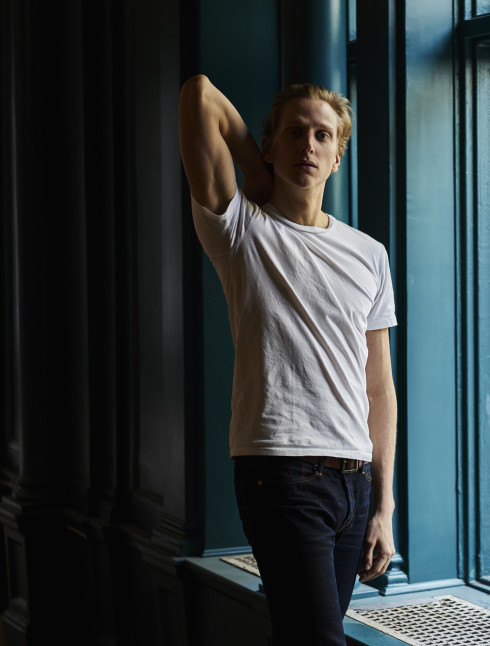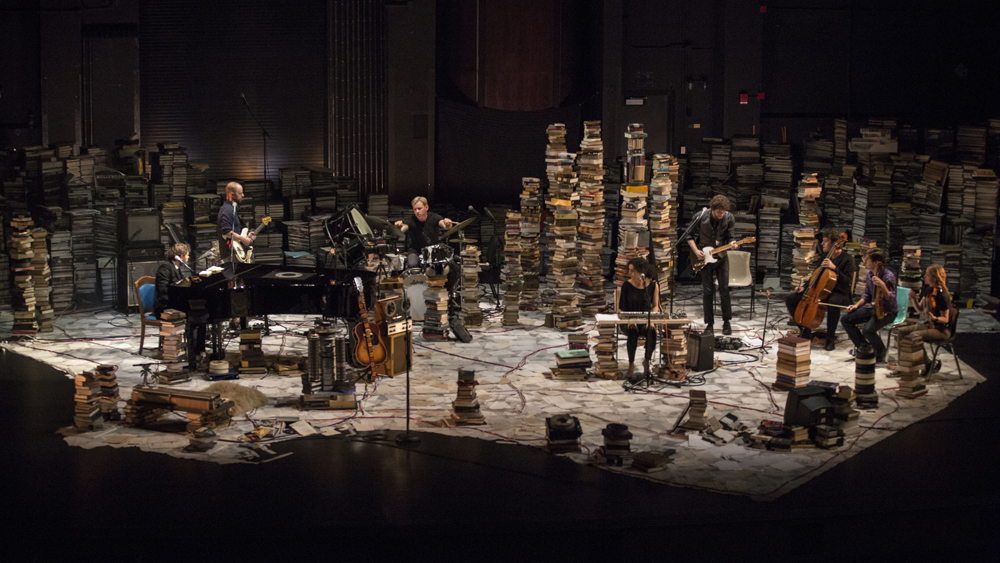
GABRIEL KAHANE'S LOS ANGELES SONG CYCLE
Gabriel Kahane is not an easy one to pin down. The composer and performer has written concert works, song cycles, folk albums, and even a musical, a varied body of work that is held together by a consistent sense of nuance and wit. For his latest project, The Ambassador, a set of songs tied to Los Angeles buildings both iconic and forgotten, the lines blur even further, between fact and fiction, past and present, myth and memory.
Kahane brings his new songs, which also appear on a concept album of the same name that marked his major-label début earlier this year, to the Brooklyn Academy of Music this week in one of the centerpiece’s of this year’s Next Wave Festival in advance of a prodigal-son return to UCLA’s Freud Playhouse next February. Conceived in collaboration with the theater director John Tiffany (who directed The Glass Menagerie on Broadway last year and won a Tony for his work on Once), The Ambassador is more layered with history than a standard concert, yet aims to make all the backstory accessible. Kahane says he first found his way to project as he began spending more time in Los Angeles in recent years. “Despite having been born in LA, I was raised on the East Coast and in Northern California so I grew up with this anti-LA dogma,” he laughs. “It wasn’t until my mid-twenties when I started spending more time there that I felt myself getting in touch with the underbelly and the essence of LA.”
He was especially drawn to the architecture, he explains, as a way into the varied ideations of the city. “I spouted off about this binary formulation of the idea that there were two LAs: the æsthetic LA, the mythological LA of film and TV and fiction on the one hand, and then the vulnerable, physical city that’s prone to earthquakes and that burns.” he says. “Architecture sits at the intersection of those two, the idea being that architecture is both an æsthetic project, and also that buildings burn down and fall down.”
The songs themselves, thirteen of which form the spine of his performance, carry the weight of research, but the end result has a gentle levity. “Slumlord Crocodile,” for example, ties up Rush Limbaugh, FEMA, and the politics of wealth disparity in disaster recovery in a propulsive love story of sorts that pulses and pushes without shoving. “I was like, ‘Wow, I really want to write a song about that,’ but that is so obviously not a song,” Kahane jokes. “So instead I started doing research about these fires and came across some really interesting stories about arson and these really disturbed arsonists whose romantic attachments were tied up in setting fires. I ended up inventing this character of this creepy arsonist who sets fires to try to win over the love of his object of desire.”
Kahane says the structure of the evening, which alternates songs with introductory texts, forms a sort of “reverse cabaret,” in reference to Christine Jones’ striking set of towering stacks of books, tapes, and records, a monument to “cultural detritus” that helps give physical shape to a project that pulls together Bladerunner, the Rodney King riots, Raymond Chandler, Robert Kennedy’s assassination, Richard Neutra, and Mike Davis’ sociological studies of Southern California. “Normally in a cabaret, you have cover songs that are stitched together with personal anecdotes, but in this instance, the music is all original and just about everything that’s interstitial is a found text,” Kahane explains. “There are various ways that we explore those found texts, but what feels really natural is that almost all of these songs are written from a place of research, whether it’s about reading letters of architects or watching films or studying the writings of Mike Davis. What I think is really exciting about the piece and the way that John has helped to create this kind of clarity for the audience without holding their hands too much is that, in a way, it puts my creative process on display. We get the texts that inspired the songs, and then the songs are there.”
The Ambassador runs through Saturday at the Brooklyn Academy of Music, 651 Fulton Street, Brooklyn, New York, and February 27-28, 2015, at the Freud Playhouse at UCLA. Photography by Ben Cohen.
Jonathan Shia is the editor of The Last Magazine.
